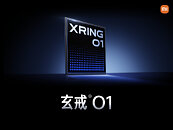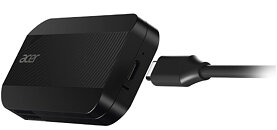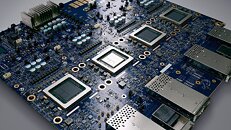
Lenovo Intros Its Chromebook Plus Powered by MediaTek Kompanio Ultra Processor and Dolby Atmos
Lenovo unveiled its new Lenovo Chromebook Plus (14", 10), the world's first Chromebook powered by MediaTek Kompanio Ultra processor and exclusive Google AI features for hybrid AI functionality. Designed for professionals, students and creators, the Lenovo Chromebook Plus (14", 10) sets a new standard for Chromebooks in many categories, including 50 TOPS for supercharged performance, the capability to handle AI features both on device and via cloud and quad speakers and Dolby Atmos for a truly captivating multimedia experience.
"Our society has embraced the freedom of hybrid and remote work, but that freedom demands the workforce and their devices to be productive regardless of location and to do more in less time," said Benny Zhang, Executive Director and General Manager of Chromebooks in Lenovo's Intelligent Devices Group. "The Lenovo Chromebook Plus (14", 10) delivers the most powerful AI capabilities ever on a Chromebook. Whether you are an executive needing AI performance through the day, an artist wishing to create outside the studio, or an everyday user looking to browse, learn or play, this premium device is your perfect everyday companion."
"Our society has embraced the freedom of hybrid and remote work, but that freedom demands the workforce and their devices to be productive regardless of location and to do more in less time," said Benny Zhang, Executive Director and General Manager of Chromebooks in Lenovo's Intelligent Devices Group. "The Lenovo Chromebook Plus (14", 10) delivers the most powerful AI capabilities ever on a Chromebook. Whether you are an executive needing AI performance through the day, an artist wishing to create outside the studio, or an everyday user looking to browse, learn or play, this premium device is your perfect everyday companion."



































































